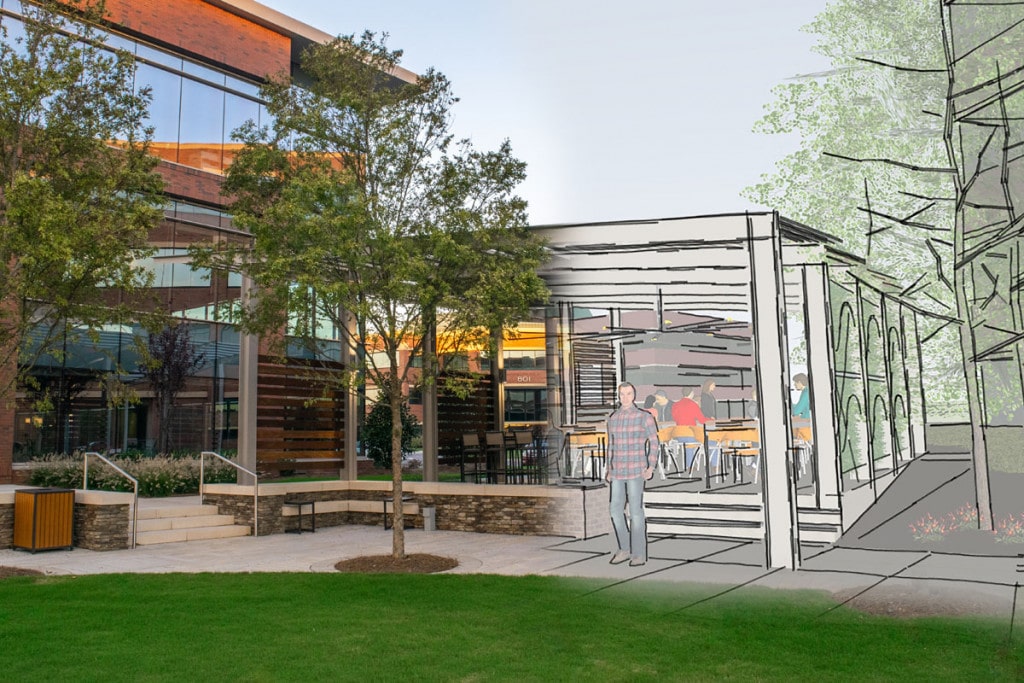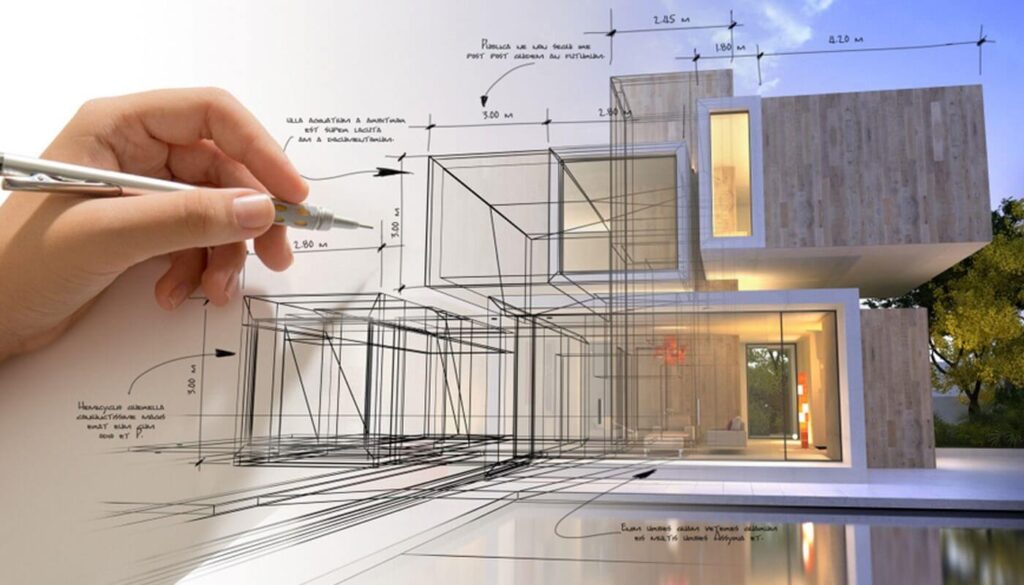Discover Cutting-edge Layouts with Leading CDA Architects for Your Next Project
Discover Cutting-edge Layouts with Leading CDA Architects for Your Next Project
Blog Article
Comprehending the Collaborative Refine Between Engineers and Designers in Modern Building Projects
The joint procedure in between engineers and designers is important in contemporary building and construction projects, as it harmonizes layout intent with engineering feasibility. Discovering these characteristics exposes understandings that might dramatically influence project results and overall industry requirements.
The Significance of Cooperation
The collective synergy in between architects and engineers is crucial for the effective understanding of any type of construction task. This collaboration unites distinctive expertise and point of views, enabling the integration of cutting-edge style with sensible design options. By collaborating, architects and engineers can make certain that a task not just fulfills visual and useful needs yet also follows safety, sustainability, and monetary restraints.
Collaboration fosters a common vision, helping with the placement of goals and assumptions from the outset. This alignment is crucial in resolving potential difficulties and mitigating dangers that could develop during the task lifecycle. A collective technique enables for the effective allotment of resources, optimizing both time and cost.
The value of partnership reaches the repetitive process of design and building, where comments from designers can educate building choices, leading to more possible and sustainable layouts. Alternatively, engineers can motivate designers to believe artistically about how to achieve architectural stability without compromising imaginative intent. Inevitably, the collaborative partnership between architects and designers is not simply helpful; it is fundamental to the production of high-grade, useful, and ingenious constructed environments that satisfy the needs of culture.
Interaction Techniques and Devices
Reliable communication techniques and tools are crucial for cultivating partnership between engineers and engineers throughout the job lifecycle. Developing clear networks of interaction is vital to guarantee that all employee are straightened with task purposes, timelines, and obligations. Routine conferences, both in-person and digital, give opportunities for stakeholders to review progress, address issues, and make notified decisions.

Furthermore, embracing joint communication tools, such as Slack or Microsoft Teams, permits immediate messaging, documents sharing, and recurring discussions, advertising a more agile response to emerging issues. Paper monitoring systems likewise play a crucial function in arranging task documentation, guaranteeing that all staff member have accessibility to the most up to date information.
Shared Goals and Job Vision
A linked job vision offers as the foundation for successful collaboration in between designers and engineers (cda architects). This shared vision not just aligns the efforts of both celebrations however additionally establishes an usual structure for decision-making throughout the project's lifecycle. By expressing clear goals, stakeholders can properly navigate the complexities of modern-day construction jobs, making certain that both visual and functional requirements are satisfied
Establishing shared goals entails open discussion and a thorough understanding of each self-control's payments. Architects commonly concentrate on design intent, spatial partnerships, and individual experience, while engineers highlight architectural honesty, systems capability, and compliance with laws. When these perspectives are aligned, the result is a natural task that follows both innovative goals and technical usefulness.
Furthermore, a well-defined job vision promotes accountability among employee, urging each individual to take possession of their function in accomplishing the wanted outcome. Routine check-ins and collective workshops can further enhance this commitment, permitting modifications to be made as the task advances. Eventually, a shared vision not only enhances teamwork but additionally boosts the high quality of the last deliverable, causing successful task completion.
The Function of Innovation
Leveraging modern technology has actually become important in enhancing partnership between engineers and engineers. The combination of advanced software application tools helps with real-time interaction and information sharing, making it possible for groups to work a lot more efficiently and properly. Structure Information Modeling (BIM) stands apart as a crucial innovation, allowing both engineers and engineers to develop thorough 3D models that encapsulate style intent and architectural stability. This shared graph minimizes misconceptions and enhances the decision-making process.
Moreover, cloud-based systems allow smooth cooperation, allowing job stakeholders to gain access to and upgrade task information from anywhere. This fosters a this content culture of transparency and liability, as changes can be tracked and examined in real-time. Furthermore, mobile applications additional improve communication, supplying on-site groups with immediate access to task specifications and updates.
Arising technologies such as expert system and artificial intelligence are additionally starting to play a role in anticipating analysis, assisting groups recognize possible issues before they emerge. Inevitably, the duty of modern technology in architecture-engineering collaboration not only improves process efficiencies but also boosts development, causing even more successful job results. By embracing these technological advancements, architects and engineers can guarantee a more cohesive and effective collective procedure throughout the building lifecycle.
Situation Research Studies in Successful Partnerships
Numerous study show the extensive effect of efficient partnerships in between architects and designers on task results. One noteworthy instance is the collaboration on the High Line in New York City City, where landscape engineers, designers, and city planners worked together to transform an abandoned rail line right into a vibrant public park. This multidisciplinary technique not just enhanced the aesthetic quality yet also ensured architectural security and environmental sustainability.

The Burj Khalifa in Dubai even more shows the relevance of collective initiatives - cda architects. The integration of design and engineering experience allowed the job group to achieve unprecedented elevations while sticking to safety and security policies and visual vision
These examples underscore the value of interaction, depend on, and shared goals. In today's intricate building environment, such partnerships are important to browsing obstacles and providing projects that satisfy both practical and visionary goals.
Conclusion
To conclude, the cooperation in between designers and engineers is essential for the success of modern-day building projects. Reliable interaction methods, a common job vision, and the integration of innovative innovations are vital parts that facilitate this partnership. By fostering a culture of responsibility and leveraging tools such as Structure Information Modeling (BIM), teams can browse job intricacies, ensuring that aesthetic, practical, and sustainability goals are accomplished. Eventually, this harmony results in cutting-edge and successful project outcomes. site
Report this page